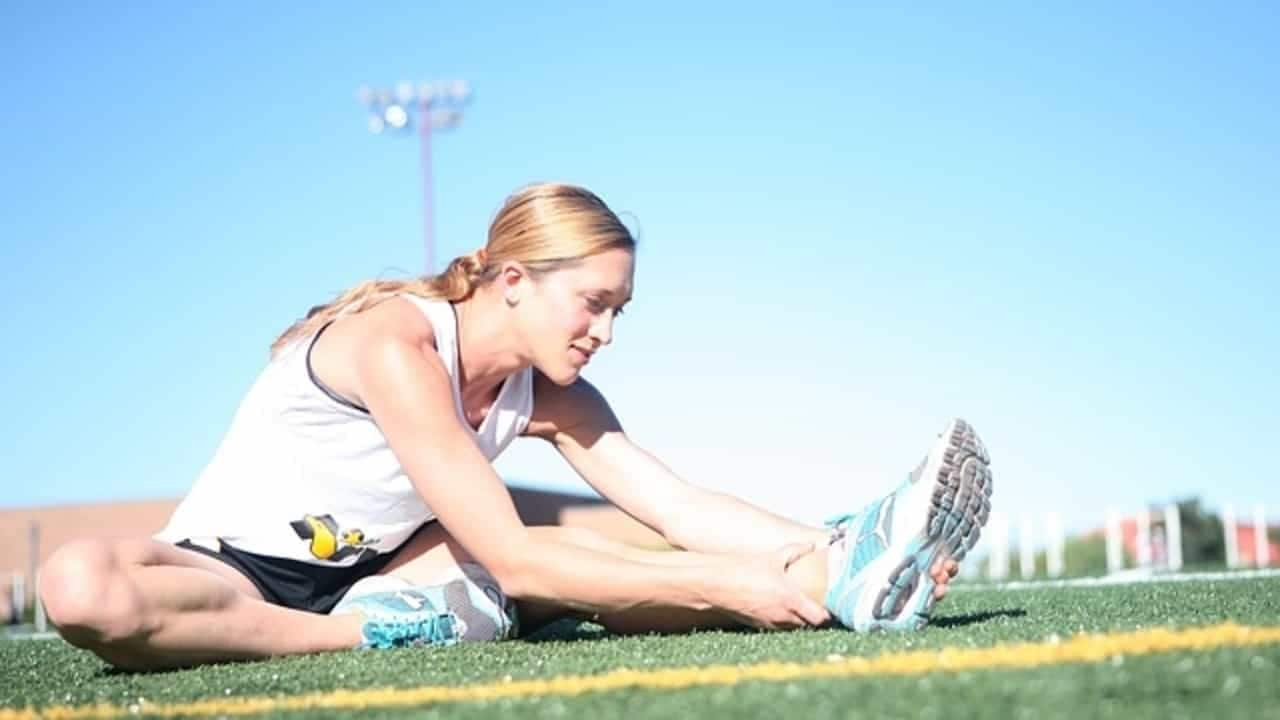
Passive stretching is a type of stretching in which you stay in one position and a partner, accessory, or accessory stretches the muscles through external pressure.
Everyone knows that stretching improves muscle function and is an integral part of physical activity. But did you know that there are different types of stretching? You may be more used to doing active stretching exercises, where you’re supposed to move your body as deeply as possible, hold the tension for a few seconds, and then relax. Passive stretching is the other type of stretching in which you stay in one position and a partner, accessory, or accessory stretches the muscles through external pressure.
Passive stretching and blood circulation.
A new study published in The Journal of Physiology has revealed that 12 weeks of passive stretching can help improve blood circulation in the body by decreasing the stiffness of the arteries and helping them to dilate. The study indicates that the observed improvements in subjects’ blood flow due to easy-to-administer passive stretches can also reduce the risks of diseases related to the vascular system, namely strokes, heart disease, hypertension and diabetes.
The researchers believe that if these results can be replicated in patients with these vascular diseases, passive stretching could be a new therapy to treat and prevent them, while improving vascular health. In the meantime, you should try passive stretching while you’re at home to reap the benefits as well. The following are some simple passive stretching exercises you can try.
Remember: Always exercise under the supervision of a trained professional. Go slowly and stop immediately if it hurts.
1. Ankle stretch
• Lie on your back with your arms at your sides and your legs stretched out.
• Your partner should grab your right ankle and gently pull it while pushing your fingers back.
• Feel the muscles from the ankles to the calves, behind the knees and up to the stretching of the thighs.
• Hold the stretch for 30 seconds, then relax.
• Now, repeat with the left ankle.
• Repeat three times on each ankle.
2. Hamstring Stretch
• Lie on your back with your arms at your sides and your legs stretched out.
• Your partner should hold his right ankle and use the other hand to support the knee.
• Raise the entire leg at the ankle while making sure the knee remains locked until the leg is 90 degrees from the floor.
• Hold this position for 30 seconds and feel the hamstrings stretch.
• Relax, return to the starting position, then repeat with the left leg.
• Do it three times with each leg.
3. Chest opener
• Sit with your back straight and your legs stretched out in front.
• Your partner should sit behind you with the right knee bent on the floor and the left knee to the ankle against your back for support.
• Now, raise your arms and let your partner hold them at shoulder height and gently pull them back.
• Feel the muscles in your arms, chest, shoulders, and upper back.
• Hold this position for 30 seconds, then relax.
• Repeat five more times.
For more information, read our article on floor exercises to keep fit.
Health articles on Firstpost are written by myUpchar.com, India’s first and largest resource for verified medical information. At myUpchar, researchers and journalists work with doctors to provide you with information on everything related to health.